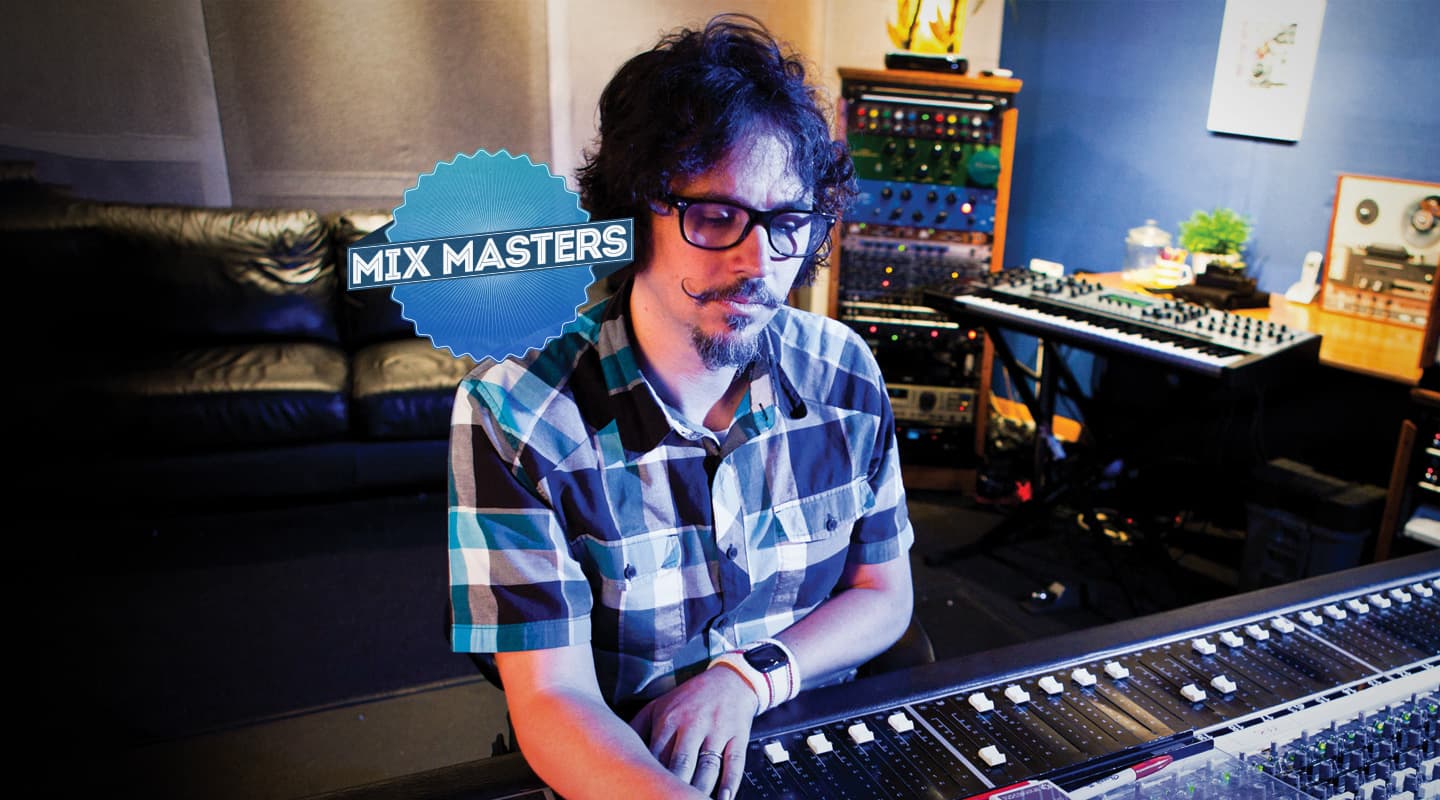
Mix Masters: Art-Punk Distress with Craig Silvey
Art-Punk Distress with Craig Silvey.

Artist: Yeah Yeah Yeahs
Album: Sacrilege
Born in the California Bay Area, Craig Silvey cut his engineering teeth working in local studios and doing an internship with George Massenburg. Silvey went on to become chief engineer at George Lucas’ Skywalker Sound scoring studio from 1992-95, during which time he worked with a number of legendary producers, among them Massenburg, as well as Phil Ramone and Walter Afanasieff. According to Silvey, this meant that a lot of his education came from “guys who had their training in the ’60s and ’70s.” He became a self-declared “obsessive gear nut” and “analogue freak,” and after leaving Skywalker, put the extensive collection of gear he had gathered to good use in a San Francisco studio he called Toast. He’s been based in London since 2002 and calls himself, “some kind of weird hybrid now: half-American, half-British.”
During 2009-12, Silvey worked at a studio in London called The Garden, but he recently moved to a studio in West London, also named Toast. It’s filled to the brim with antique and vintage gear that he has collected over two decades. Pride of place goes to his 40-input Neve 8026, which is loaded with 1084 and 1076 modules and has 40 inputs and a 24-channel monitor section. There’s also a Neve BCM10 sidecar, and a wealth of outboard, including EQs by Helios and John Hardy, compressors such as the Thermionic Culture Phoenix, Universal Audio 1176 and Urei LA4A, mic preamps by Telefunken (V76, V72), Summit and Tube-Tech, a whole posse of vintage mics, and his beloved Mastering Labs monitors, the legendary ML10s. Recent additions include a couple of Pye compressors, several Neve 32254 modules, Cartec EQP1A units, and the Dramastic Audio Obsidian TX10 bus compressor.
Some would argue Craig Silvey’s attachment to analogue is motivated by nostalgia rather common sense, but he continues to be one of today’s most successful, and fashionable, mixers as is demonstrated by recent credits that include Goldfrapp, Florence + the Machine, Anna Calvi, Frightened Rabbit and Yeah Yeah Yeahs. Going further back in time he’s also worked with REM, Santana, Ray Davies, Nine Inch Nails, Linda Ronstadt, Aaron Neville, Pearl Jam, The Coral, Portishead, The Magic Numbers, and Arcade Fire. Silvey’s working methods clearly remain relevant, well illustrated by his mix, while still at The Garden, of most of the recent Yeah Yeah Yeahs album, Mosquito — including the album’s opening track and first single Sacrilege.
All but one of the 11 songs on the New York art punk trio’s fourth album were co-produced by Nick Launay, and David Andrew Sitek of the band TV On The Radio. Both have rather opposing backgrounds and methods. The former has worked with Public Image Ltd, Killing Joke, Kate Bush, David Byrne, INXS, Eric Clapton, Lou Reed, and Arcade Fire, and the latter with Liars, Foals, and Beady Eye.
“Probably the most difficult thing for me in mixing the Yeah Yeah Yeahs was trying to balance Launay’s and Sitek’s very different approaches and make them sound consistent,” notes Silvey. “The tension between their approaches is part of what makes that record really good. Sacrilege is a good example. The bare bones, gritty, lo-fi live element that starts the song comes from Launay, and it then builds up with a disco bass, jazzy guitar and some delayed drums that come in halfway, which are more Sitek’s direction. His stuff is more polished and wider in the stereo field. And then two thirds into the song there’s a totally unexpected introduction of a choir, which turns it into a pure gospel tune. During the recordings Sitek and Launay were each in a different studio, doing their thing at the same time. They were bouncing stuff back and forth and the band decided what they liked about what the producers were doing. I think I was brought in as an extra opinion, to draw it all together.”



Probably the most difficult thing… trying to balance Launay’s and Sitek’s very different approaches and make them sound consistent
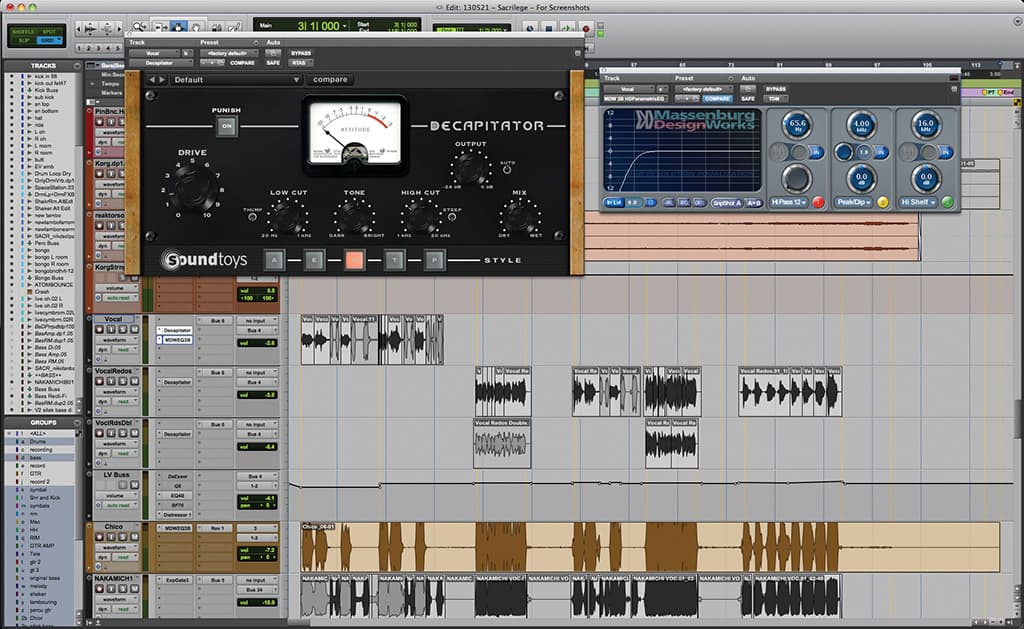
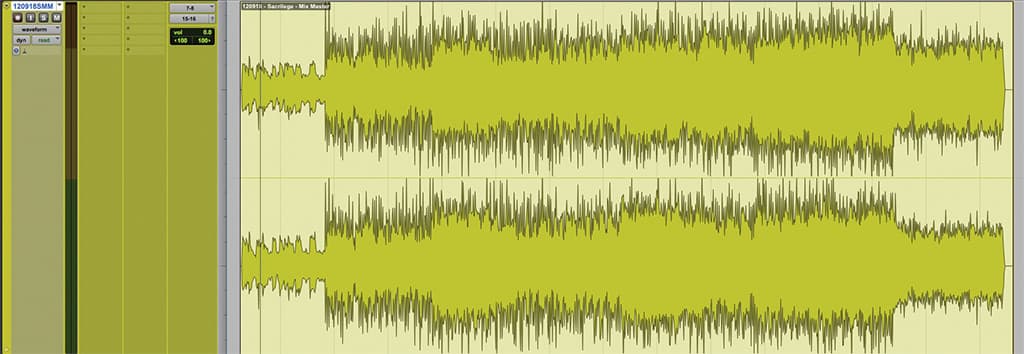


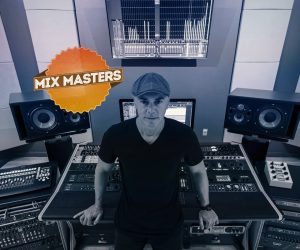




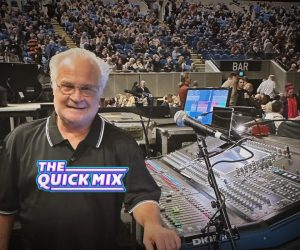








RESPONSES